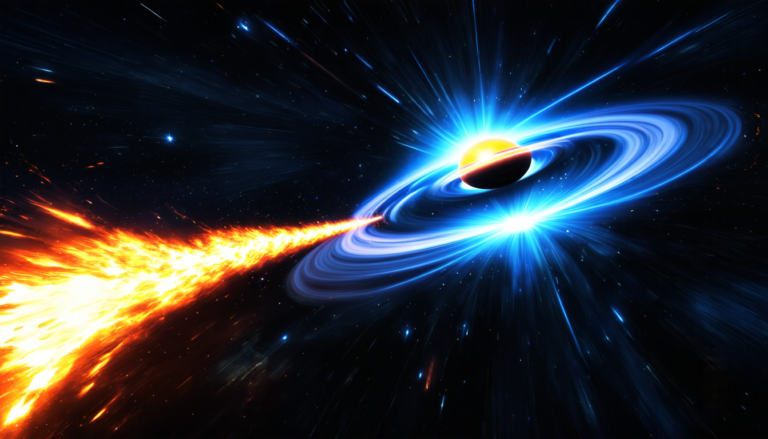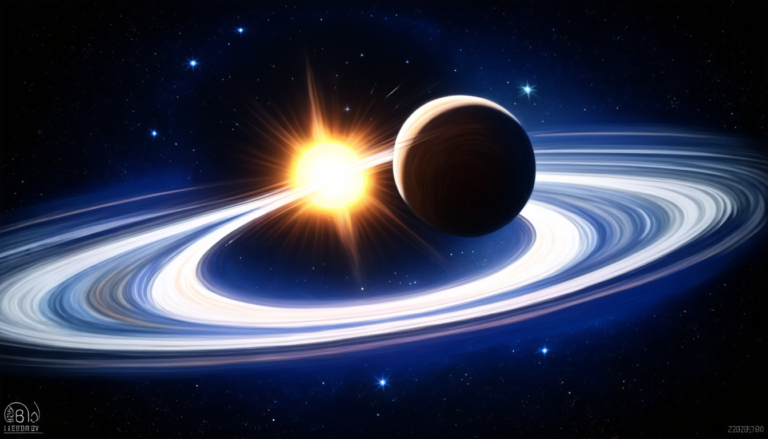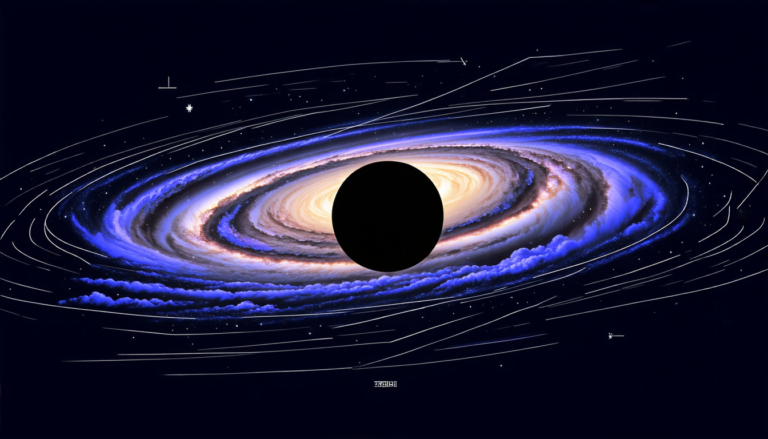Saturday 19 July 2025
A recent study has shed new light on the complex structures of protostellar binary systems, revealing intricate patterns and dynamics that shape the formation of new stars.
The research focused on L 1551 IRS 5, a binary system located about 450 light-years from Earth. By analyzing data collected using the Atacama Large Millimeter/submillimeter Array (ALMA), scientists were able to map the distribution of gas and dust within the system at unprecedented scales.
One key finding was the presence of a circumbinary disk, a vast ring-shaped structure that surrounds both stars in the binary system. This disk is thought to be a remnant from the early stages of star formation, when the two stars were still embedded in a giant molecular cloud.
The researchers also discovered complex structures within the inner and outer envelopes of the binary system. These features are likely the result of interactions between the stars and their surroundings, including the circumbinary disk and the surrounding interstellar medium.
One intriguing aspect of the study was the detection of an outflow emanating from the system. This outflow is thought to be driven by the interaction between the two stars and their surrounding environment, and could play a crucial role in shaping the formation of new stars within the binary.
The findings of this research have significant implications for our understanding of star formation and the early stages of planetary development. By studying the complex structures and dynamics of protostellar binary systems like L 1551 IRS 5, scientists can gain valuable insights into the processes that shape the formation of new stars and potentially even life beyond Earth.
In addition to advancing our knowledge of astrophysics, this research also highlights the importance of continued investment in next-generation telescopes and astronomical facilities. The ALMA telescope, which was used to collect the data for this study, is a prime example of the power of international collaboration and investment in scientific infrastructure.
As scientists continue to explore the mysteries of star formation and planetary development, it’s clear that there is still much to be learned from these complex and dynamic systems. By pushing the boundaries of our understanding through innovative research and cutting-edge technology, we can gain a deeper appreciation for the beauty and complexity of the universe around us.
Cite this article: “Unveiling the Secrets of Protostellar Binary Systems”, The Science Archive, 2025.
Protostellar Binary Systems, Star Formation, L 1551 Irs 5, Alma, Circumbinary Disk, Interstellar Medium, Outflow, Astrophysics, Planetary Development, Telescopes







